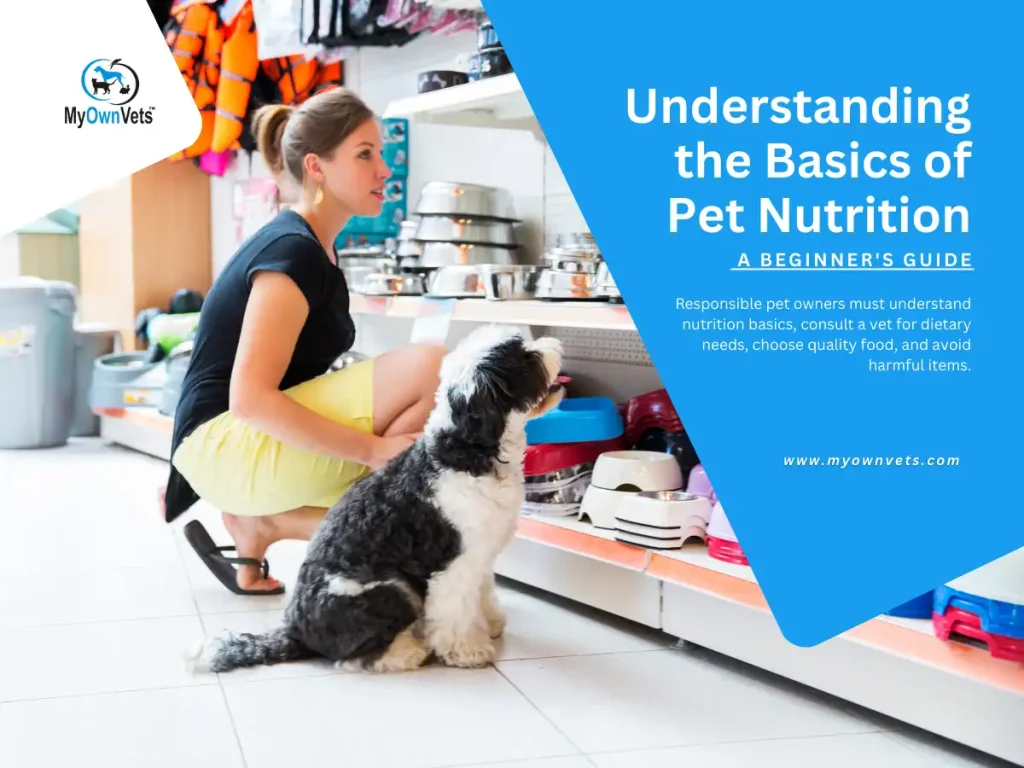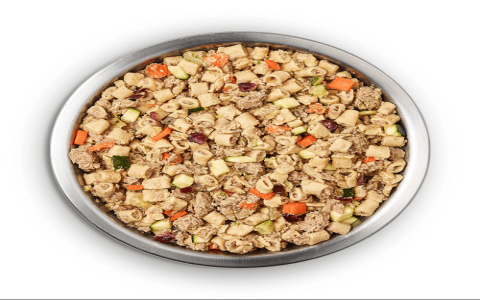Okay, so I wanted to figure out pet food packs, and let me tell you, it was a bit of a journey. I started by looking at the labels on the pet food bags. Yeah, those things are packed with information, but honestly, it’s like reading a foreign language. I mean, who really knows what all that stuff means?
So, I dove into some online articles. One thing I learned is that there’s something called the “25% Rule.” It sounds complicated, but it’s not that bad. Basically, if a pet food is called something like “Chicken Dinner for Dogs,” chicken has to be at least 25% of the product, not counting water. And if it says chicken is an ingredient, it must make up at least 10% of the product, this time counting the added water in the calculation. If it just says “chicken flavor,” then there just needs to be enough chicken in it to give the food a chicken taste. Makes sense, right?

Then I moved on to the “nutritional adequacy statement.” That’s a fancy term for a little note on the label that tells you if the food meets the basic nutritional needs of your pet. It checks to see if the food meets certain rules set by AAFCO. That’s some kind of official pet food people’s group. You want to make sure the food you’re buying has this statement so you know it’s not just empty calories.
Next, I tackled the ingredients list. This part is pretty straightforward. The ingredients are listed by weight, so the first ingredient is the main one, usually a protein like chicken or beef. Then you’ve got your carbs, fats, and so on. But here’s a pro tip: some brands get sneaky and split ingredients into smaller parts to make them appear lower on the list. Like, they might list “corn meal” and “corn gluten” separately, even though it’s all corn. I see you, pet food companies.
- First, I looked at pet food labels.
- Then, I researched things like the “25% Rule” and “nutritional adequacy statements.”
- Finally, I figured out how to read the ingredients list and spot any tricks.
The last thing I checked out was the “Guaranteed Analysis.” This is where they tell you the minimum amounts of protein and fat in the food, and the maximum amounts of fiber and water. It’s a good way to compare different foods and make sure your pet is getting enough of the good stuff. I found it’s usually protein and fat minimums, and fiber and moisture maximums, but double-check because I think some may do minimums for all four.
It took some time, but I finally feel like I have a handle on this whole pet food pack thing. Now I can confidently choose food that’s actually good for my furry friend and not just full of fillers and by-products. And I don’t have to be a pet food expert to do it! It’s all about knowing what to look for on those labels. Hope this little story helps you out too, guys!
Main steps I took:
- Read the labels: This was the starting point.
- Understand the rules: Things like the 25% Rule.
- Decode the ingredients: Learn how they are listed.
- Compare the analysis: Check the protein, fat, etc.
It wasn’t easy, but I did it. And you can too!






